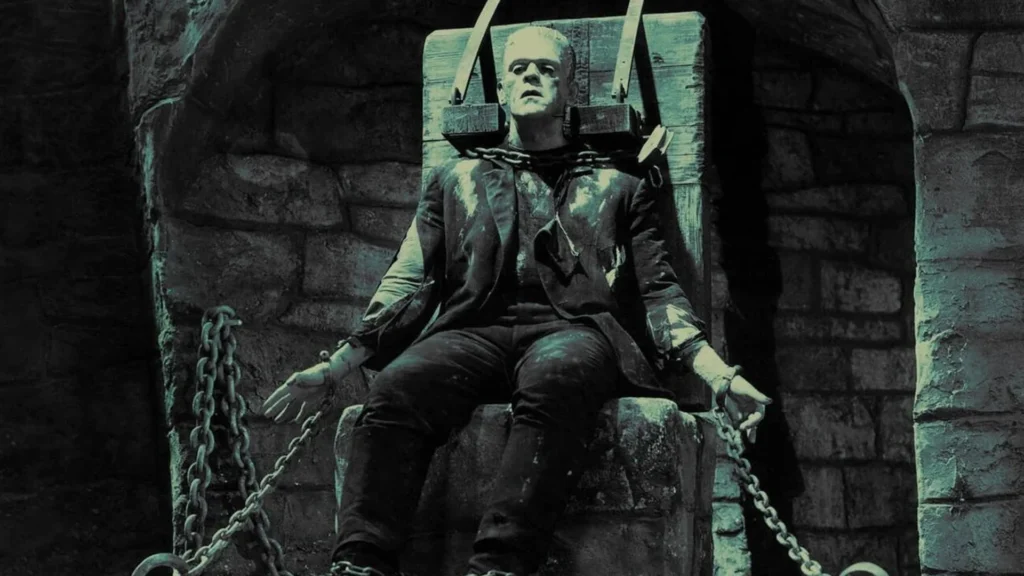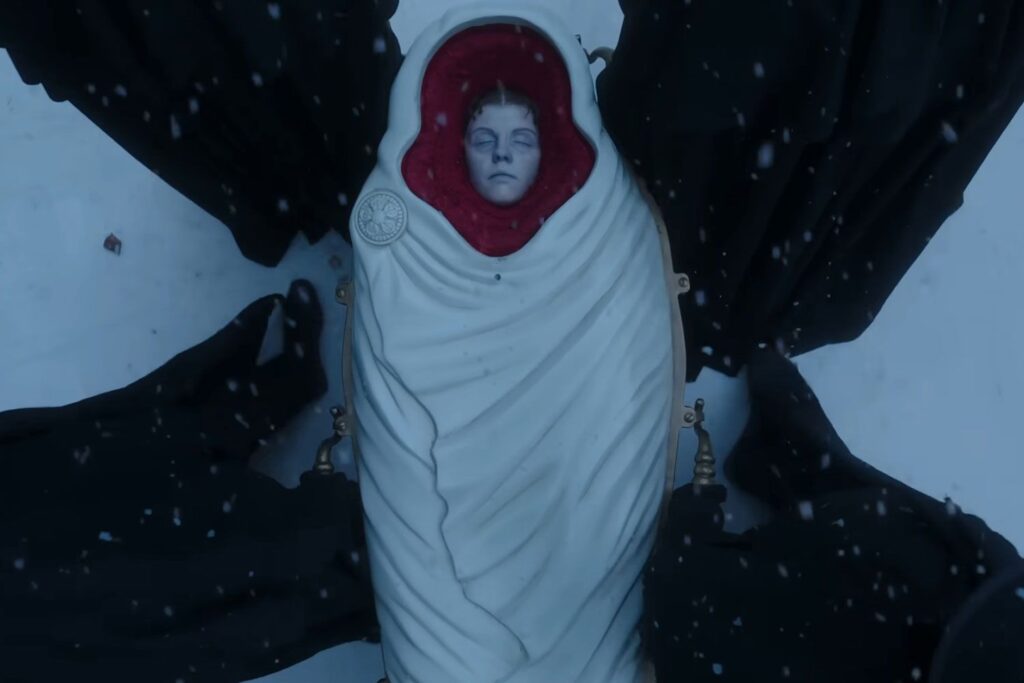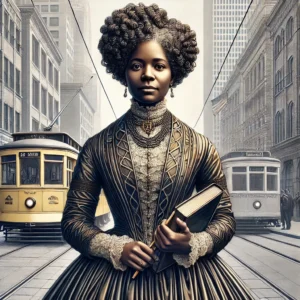The Monster Reawakened
Frankenstein has always lingered at the edge of cinema’s dark imagination, its stitched-together body of myth continuously reanimated by filmmakers searching for new ways to speak about humanity, creation, and monstrosity. With Guillermo del Toro’s highly anticipated adaptation finally revealing its first trailer, audiences are confronted not merely with another horror remake but with a Gothic epic promising reinvention. Starring Jacob Elordi as the Creature, Oscar Isaac as Victor Frankenstein, and Mia Goth in a role as electric as the laboratory’s storm, the film positions itself as one of the defining cultural events of 2025.
Guillermo Del Toro’s Gothic Vision
Del Toro has always been at home among monsters. From Cronos to Pan’s Labyrinth to The Shape of Water, his cinema elevates creatures beyond the grotesque, offering them as mirrors for the fragile humanity of their creators. In Frankenstein, he takes on the original modern myth of monstrosity, a story that prefigures science fiction, horror, and existential philosophy.
The trailer highlights his distinctive visual style: candle-lit chambers, cathedrals swallowed by fog, laboratories where copper coils hum with unholy energy. These are not the matte-painted sets of Universal’s 1930s classic but textured, lived-in spaces. Del Toro’s Gothic is not kitsch but an immersive world where myth, science, and terror overlap.
Jacob Elordi’s Monster Speaks
Perhaps the trailer’s most shocking revelation is Jacob Elordi’s Creature not only moving with balletic weight but also speaking. Previous adaptations often reduced the Monster to guttural moans or tragic silences. Del Toro restores Shelley’s original design: a creature articulate, philosophical, and yearning for connection.
The brief voiceover—Elordi’s measured tones musing on “the agony of being born unwanted”—has already become the centerpiece of fan debate. It signals a more faithful reading of Shelley’s text, where the Creature is not merely a brute but a tragic intellectual, quoting Paradise Lost and demanding moral recognition.
Elordi, known for roles in Euphoria and Priscilla, brings a haunting vulnerability to the screen. His towering frame emphasizes physical otherness, but it is his eyes, glimpsed in close-up, that carry del Toro’s theme: the Monster is not the Other but us, magnified.
Oscar Isaac as Victor Frankenstein
Equally compelling is Oscar Isaac’s Victor, glimpsed in fragments throughout the trailer. In one shot he gazes at the lifeless form on his table with both awe and terror; in another, he races through snow-covered landscapes, torch in hand. Del Toro presents him not as a mad scientist caricature but as a conflicted figure whose hubris collides with genuine longing to conquer death.
Isaac’s gravitas promises a complex interpretation: Victor as visionary, coward, and failed parent. The chemistry between Isaac and Elordi, glimpsed in their confrontational dialogue, suggests a relationship that is as much familial drama as horror spectacle.
Mia Goth and the Feminine Gothic
The casting of Mia Goth further infuses the film with Gothic authenticity. Known for her roles in Pearl and Infinity Pool, Goth has become the modern face of cinematic madness and fragility. Though her role remains partially veiled, the trailer shows her both as a grieving partner and as a figure of defiance within Victor’s collapsing household.
Her presence connects del Toro’s film to the “female Gothic” tradition that birthed Shelley’s novel itself—written during a storm-ridden summer of ghost stories and personal loss. Goth embodies the line between muse, victim, and survivor, complicating the narrative’s male-driven experiment with her spectral resilience.
The Aesthetic of Resurrection
One cannot discuss the trailer without addressing its aesthetic grandeur. Del Toro deploys chiaroscuro like a Renaissance painter: lightning illuminates the Creature’s stitched skin, while shadows coil around Victor’s laboratory. The imagery suggests not just horror but religious iconography—the Monster rising like a corrupted Christ figure, reborn not in grace but in terror.
The production design leans heavily on 19th-century Romanticism. Snow-swept mountains echo Caspar David Friedrich; anatomical sketches recall Vesalius; costumes shimmer with velvet and despair. This isn’t the industrial modernity of later Frankenstein tales but a Gothic landscape where science and sorcery blur.
The Monster in the 21st Century
Why does Frankenstein continue to matter? The trailer itself answers: because the question of responsibility for creation is eternal. In our own moment of climate collapse, artificial intelligence, and genetic editing, Shelley’s parable feels uncannily prescient.
Del Toro seems poised to reframe the Creature not only as a tragic figure but also as an allegory for humanity’s ongoing experiments with life itself. Jacob Elordi’s whisper—“I did not ask to be made”—could just as easily be spoken by an AI, a cloned organ, or an exploited worker in the global economy.
Beyond Horror: A Gothic Epic
It would be reductive to call this film a horror movie. The trailer suggests an epic in the true sense: a tale of creation and exile, parent and child, science and God. Del Toro’s adaptation appears to straddle genres—philosophical drama, Gothic romance, and mythic tragedy.
The emphasis on landscapes—icy mountains, storm-battered coastlines, ruined cathedrals—expands the story’s scale beyond the laboratory. This is not just the tale of a monster born but of a world reshaped by his existence.
A Monster With a Voice
The Frankenstein trailer offers more than glimpses of horror spectacle; it promises a film that is at once faithful to Shelley’s radical novel and visionary in its cinematic scope. With Jacob Elordi’s articulate Creature, Oscar Isaac’s tormented Victor, and Guillermo del Toro’s mastery of Gothic atmosphere, the film appears ready to restore Frankenstein to its rightful place as both philosophical parable and emotional epic.
As audiences await its release, the trailer leaves us haunted by a simple truth: the Monster is no longer silent. He speaks—and in his voice, we may hear our own.
No comments yet.









